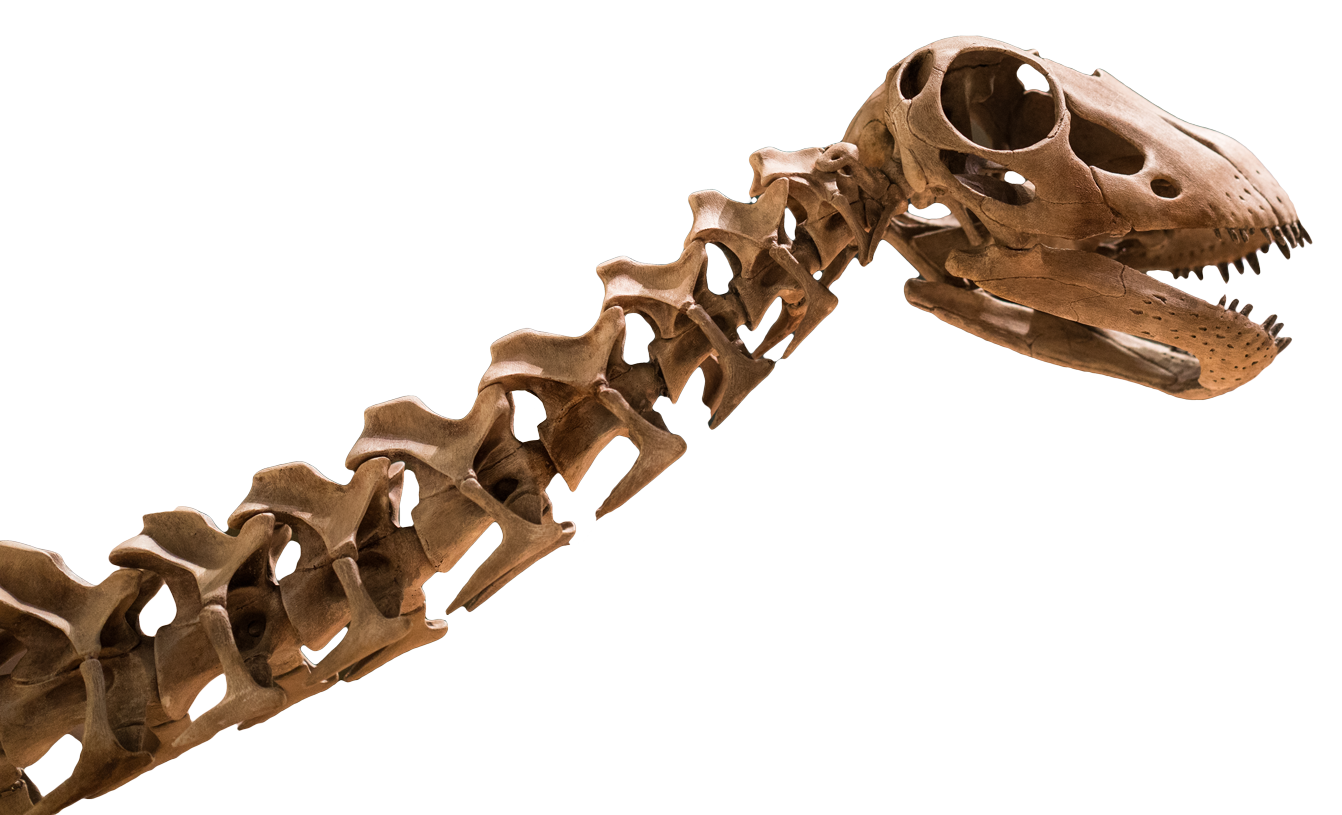2022
October
2020
September
2022
October
2020
September
2022
October
2020
September
2022
October
2020
September
2022
October
2020
September
2022
October
2020
September
2022
October
2020
September
2022
October
2020
September
2022
October
2020
September
2022
October
2020
September
2022
October
2020
September
2022
October
2020
September
2022
October
2020
September
2022
October
2020
September
2022
October
2020
September
2022
October
2020
September
2022
October
2020
September
2022
October
2020
September


